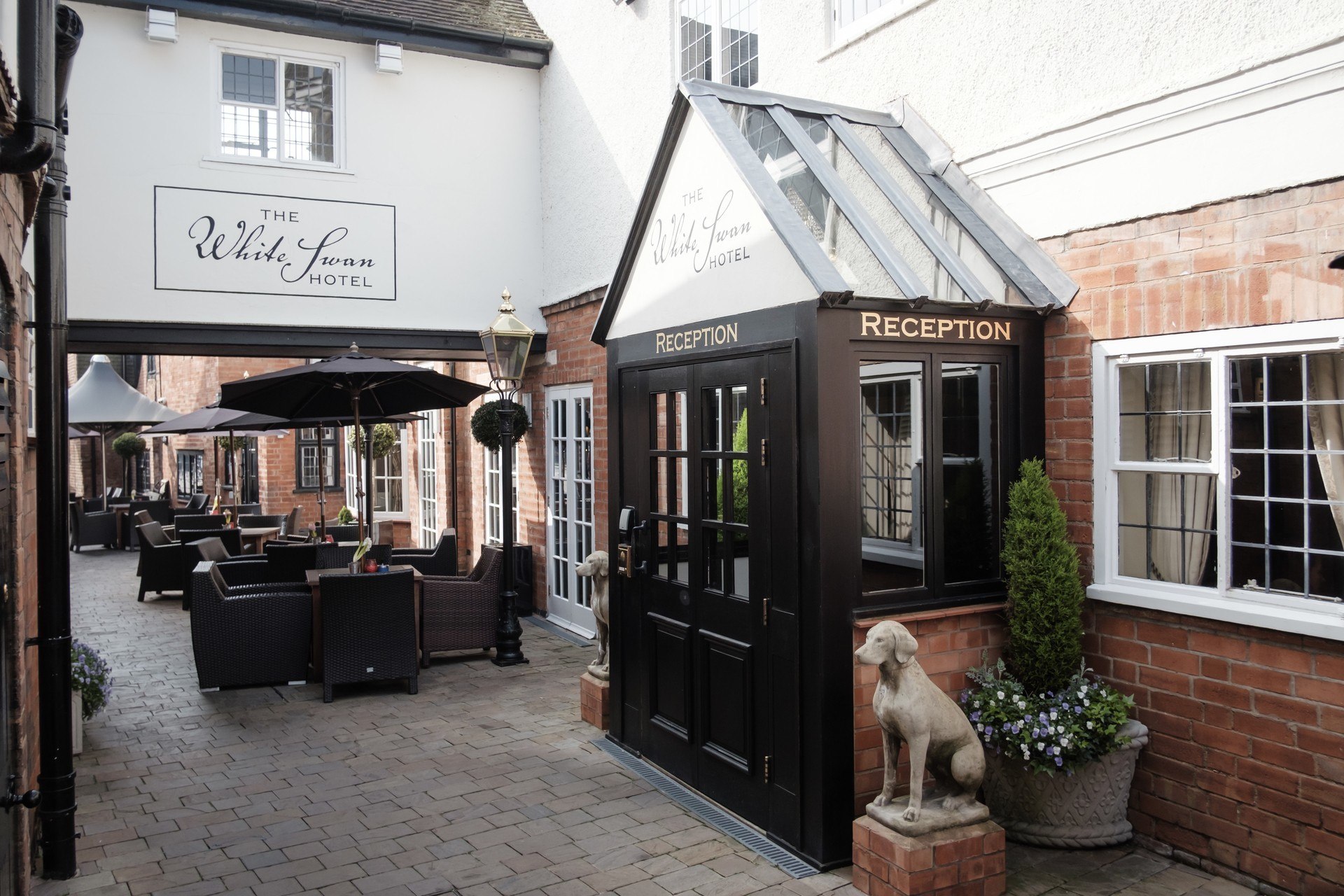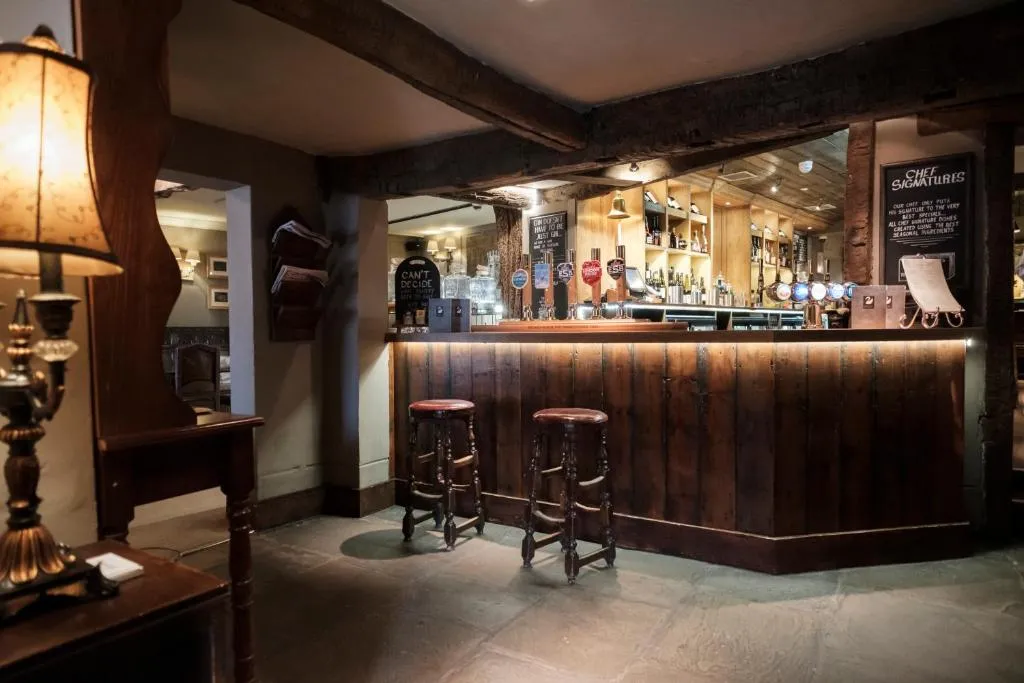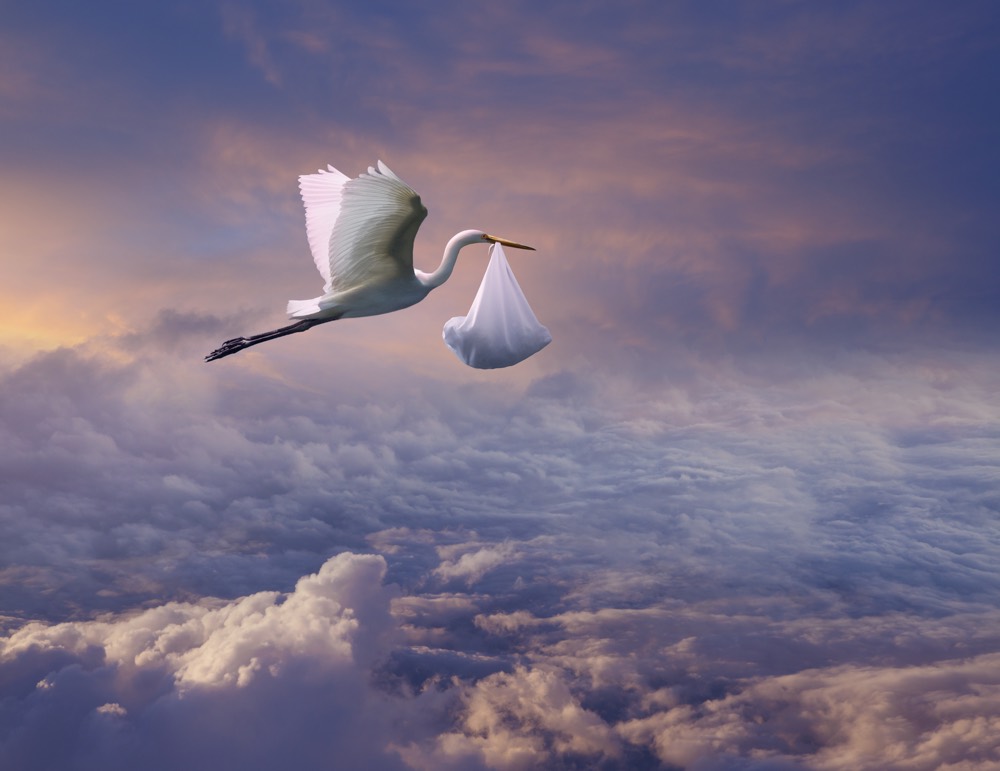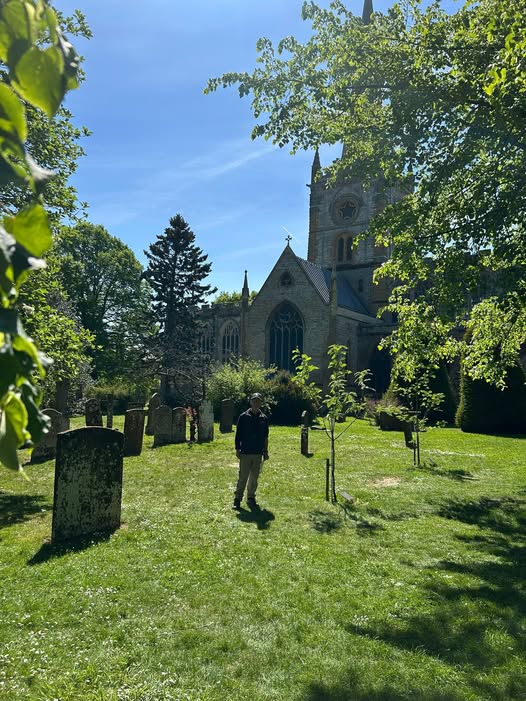* * * *
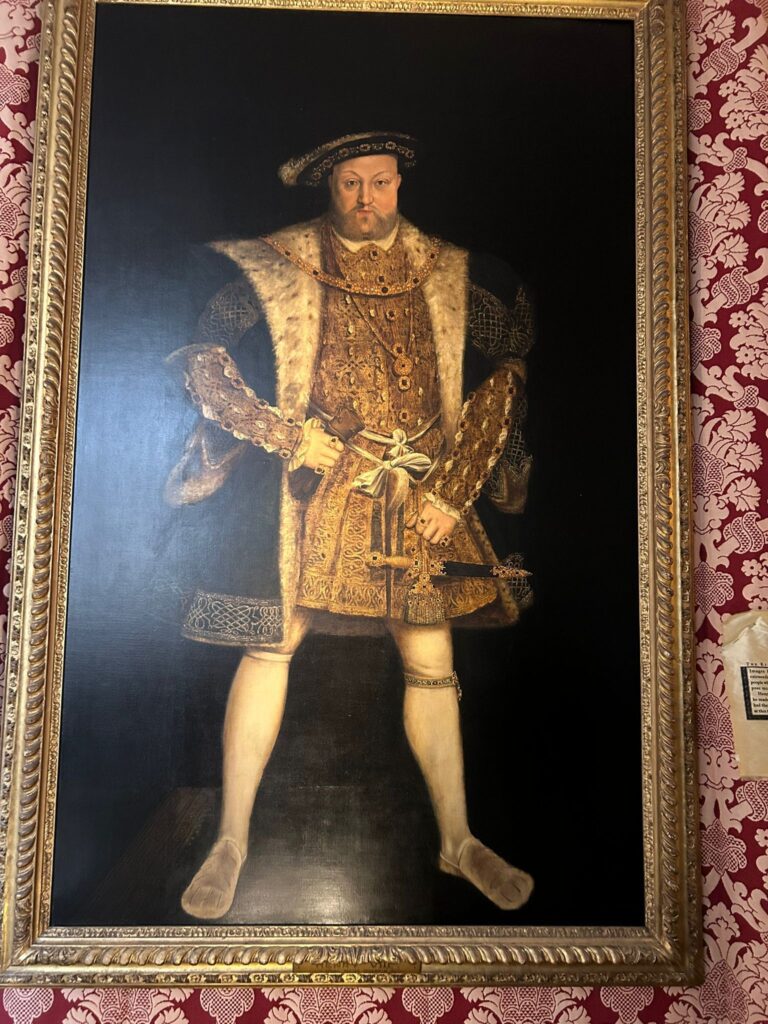
* * * *
July 10, 2025 – Here’s one more episode-post on my trip to England last May. (From the 7th to the 21st.) The Notes below have links to past posts on the trip, but meanwhile…
In less than four weeks I’ll fly back to London, and from there on to hike the Canterbury Trail. So I need to finish these “on May” posts before flying over for a second English venture.
In the last episode my companion and I ended up at Marlin Apartments, 9 Byng Street, in the Canary Wharf part of London. This was after our first (one) night in London – recovering from jet lag – then one night in Liverpool, and then two nights in Stratford-on-Avon. (The last two featured reservation “cock-ups,” explained and defined in past posts.) But from Monday, May 12 on, “I knew where I’d be laying my weary head for the next nine nights in a row.”
Briefly, here’s what followed. (A cheat-sheet of highlights.)
Tuesday, May 13, a day trip to Oxford and the Ashmolean Museum. Wednesday, May 14, a day trip to Canterbury, to see where I’ll end my hike in August.Thursday, May 15, a day trip to Hampton Court. Friday, May 16, a day trip to Bath. On Saturday, May 17 – our 8-day Britrail Pass having expired – we used Oyster cards to get over to London’s National Gallery. Sunday, May 18, we went to a service at St Paul’s Cathedral. Monday, May 19, later in the afternoon I hiked down along the Thames to a foot tunnel across from Greenwich, then crossed over – actually under – and had a beer at the Gipsy Moth pub. (A definite highlight.) Tuesday, May 20, I visited the British Museum while my friend visited the nearby Victoria and Albert Museum.
And on Wednesday, May 21, we flew back home to Atlanta. Now for more detail:
Tuesday, May 13. Oxford is roughly an hour train ride from London’s Paddington Station. It’s home to “the oldest university in the English-speaking world.” One thing I didn’t know: “There is a long history of brewing in Oxford. Several of the colleges had private breweries… In the 16th century brewing and malting appear to have been the most popular trades in the city.” But we focused on the Ashmolean Museum, Britain’s first public museum. (It started in 1678 as a place to house Elias Ashmole‘s “Cabinet of Curiosities.”) Of interest to me was the massive art collection, including drawings by Michelangelo, Raphael and da Vinci; paintings by Picasso, Cezanne, Titian, John Singer Sargent; and watercolors and paintings by J.M.W. Turner.
(I got tired just remembering trying to digest all those exhibits.)
On Wednesday May 14, we took a day trip to Canterbury. I noted, “Today I’m slowly working the way to Canterbury Cathedral, partly for penance? But mostly to see where we’ll end up at the end of August, after hiking all those miles.” On the way we stopped for lunch at The Old Weaver’ Restaurant, a quirky old-timey place four that “serves up hearty and flavorful British pub fare, with pies and fish and chips frequently highlighted.” (And a four-minute walk from the Cathedral.) From there we passed a statue of Geoffrey Chaucer – of Canterbury Tales fame – then walked the last block or so down Mercery Lane. That’s the same lane I’ll walk at the end of August, after hiking the estimated 133.8 miles or so from Winchester. (Depending on the source. I’ll give my updated estimate in September.)
The Cathedral itself was huge, and well worth the visit, but probably boring to the reader. (Besides, I’ll give an update with more detail when I get home at the end of August.) On the way back to the train station we stopped at Bakers and Baristas, 23 High Street, a coffee shop a mere three minutes from the Cathedral. (We needed time to recuperate from gawking.)
Thursday, May 15. For starters, we had to take “Britrail to Hampton Court. Meaning getting up at the crack o’ dawn, because if you don’t get there early the place is ‘filled with [bleep]ing tourists!'” (We got up early and to Hampton Court early, but the place was still full of tourists, bleeping or otherwise.) It was chock-full, mostly with of large groups of students, mostly well-behaved, and all on “outings” like the kind Mary Poppins mentioned in the 1964 movie. For contrast there was one two-year-old who threw a long, loud and continuous hissy fit. She was brought to the place by Grandma and Grandpa, apparently to give mommy a break, “but really? A dark dank spooky castle-like edifice filled with strangers? No wonder she wailed!”
But other than that the place was a fun visit.
For more starters, lunch in the cafe included a local brew. (Or so I thought at the time. It was actually a Meantime Greenwich Lager, ostensibly brewed in Greenwich, 18 miles away as the crow flies.) But it was “crisp and refreshing,” and went well with a split lunch of some kind of veggie pie, with a great Cole slaw mixture and assorted roasted more-veggies, all topped with gravy.
Some other highlights? The place itself was huge; in Henry’s day “200 cooks worked slavishly from sunup to sundown to feed 800 guests when Henry’s entourage was staying at the palace.” And there’s a picture of me standing in front of the huge fire in the huge kitchen, to feed those hundreds of servants. “The lady behind me is the Keeper of the Flame.”
And speaking of the good old days, how they disposed of “refuse.”
Lots of people: Lots of poo at Hampton Court. All human waste was gathered in a cesspool. Some lucky men had the fantastic job of using this chain pump to empty the pool when it was full. Insert one end in cesspool. Raise other end to highr ground. Connect higher end to pipe leading to river. Insert crank to turn the chain. The paddles will now carry the poo to the pipe. Let gravity do the rest!
All that was explained by a big chart on the wall, right next to the jury-rigged slooshy-looking chain pump that carried “waste” from the cesspool to the nearby Thames River. (Upstream from London, but still…) Which is why the English in those days drank beer instead of water!
Later that day we got back home for some well-deserved recuperation time. Duly recuperated, I hiked the near-four-mile round trip, down from Byng Street to the Gipsy Moth Pub, across the river in Greenwich. Or in my case under the river, by way of the Greenwich foot tunnel.
Sometimes on the way down I could hike along the Thames Path, a footpath that I just learned – writing this – is 185 miles long. (It starts at the river’s source in the Cotswalds.) But often the pleasant riverside path was blocked by big-ass waterfront condos. (Like the big-ass waterfront condos back in the States that block so much beach access.) When that happened I had to shunt over to Westferry Road. In due course I got to the tunnel entrance and started over.
Or under, more accurately. That was quite an experience. Good acoustics, meaning you could hear screaming little kids pretty much the whole way. And practice “limberness” dodging the frequent bicyclists, all while remembering to “look left,” the way they say in the UK. (Not “look right,” like back home in the States.) But other than that it was an enjoyable hike.
By the time I got across it was late and I had to get back for dinner. (And one of those G&T‘s in a can from Westferry Food & Wine, a three-minute walk from our apartment.) I took some pictures, including the famed Cutty Sark, “a premier exhibit at Greenwich.” Also of the Gipsy Moth Pub. I wrote longingly later that day at the apartment, “in a day or two I’ll hike back down, and under the Thames, with enough time to have a beer.” Which is a story for next time…
* * * *
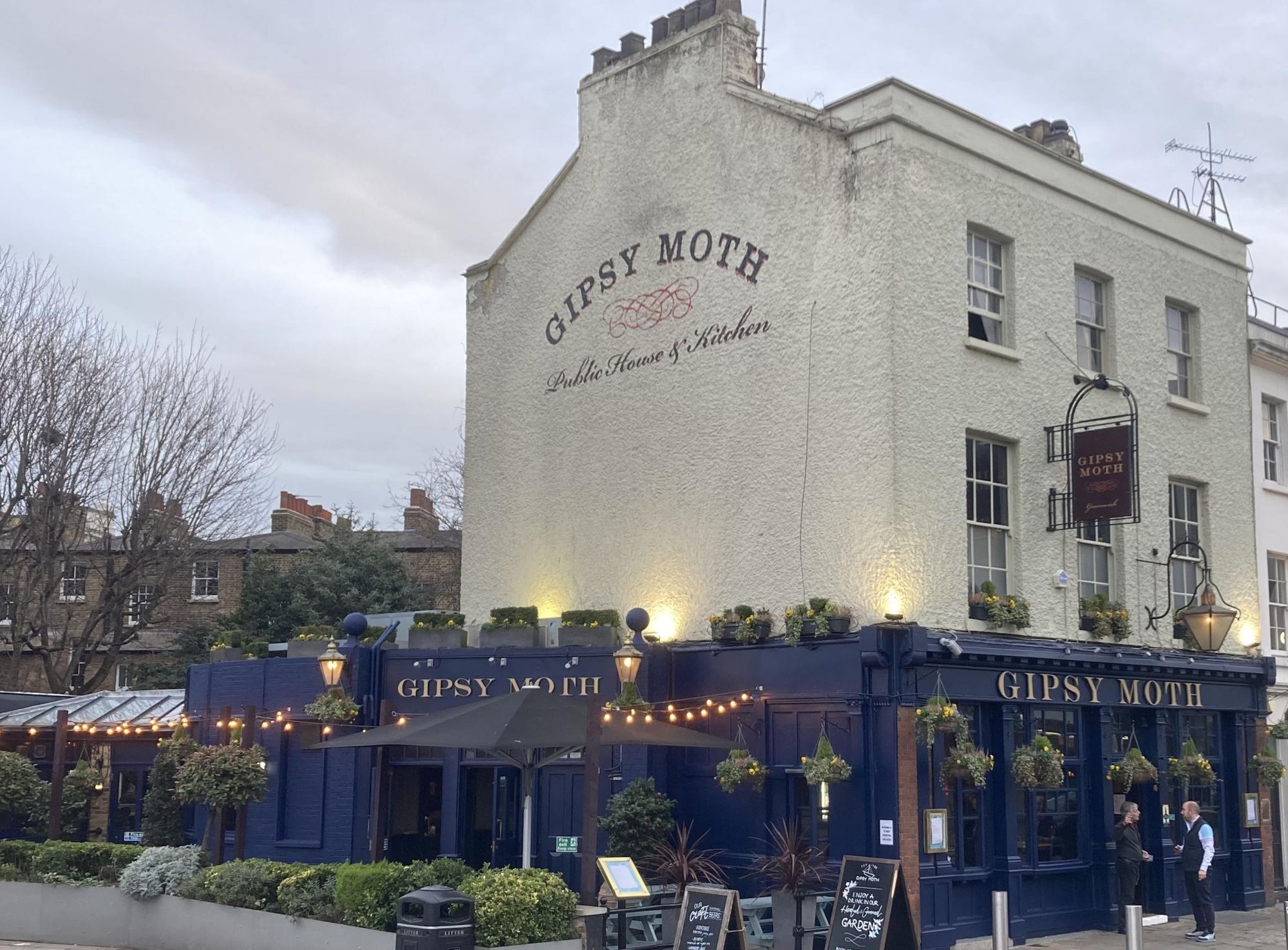
* * * *
I took the upper-image photo during our visit. See also Henry VIII, Terrible Tudor? | Hampton Court Palace, which included the following: “Henry’s religious policies met with opposition in the wider country, which he ruthlessly crushed.” “In 1539, the Act of Proclamations gave full legal authority to all his commands. Discriminatory laws were also passed … which had terrible consequences for many innocent people persecuted over the next two hundred years. Henry had become a tyrant.”
Re: Links to past posts on the trip. Starting last March, Next up – Hiking the Canterbury Trail, then A mid-May “Recon,” On “London, Liverpool and Stratford,” A return, to “London, Liverpool and Stratford,” and From Stratford-on-Avon to Byng Street in London.
Re: Old Weaver’s. See Home | The Weavers Restaurant, The Old Weavers House, Canterbury – Exploring GB, and THE OLD WEAVERS RESTAURANT, Canterbury – Tripadvisor.
Re: “Hiking 130 miles.” Wikipedia says the Canterbury-Trail hike is 119 miles. My brother Tom’s estimate is 133.8 miles, which includes getting to some of the hard-to-find lodging along the trail.
Re’ “Outings.” See He’s never taken us on an outing. – Mary Poppins (1964), Mary Poppins (film) – Wikipedia, and Punting on the Thames, including “When you’re with Mary Poppins, suddenly you’re in places you’ve never dreamed of,” and “And quick as you can say Bob’s your uncle, the most unusual things begin to happen.” Note that aside from the noun, there is a quite different verb definition.
Re: Hampton Court. Aside from Wikipedia, see 10 Fascinating Facts About Hampton Court Palace.
Re: Greenwich Lager. See Meantime Brewery – Wikipedia, and Meantime Greenwich Lager 24X 330ml Bottles: “East Anglian malt and Kentish hops combine for a crisp, refreshing lager that’s full of flavour. A modern classic, straight from London’s back garden.”
Re: Beer instead of water. Medieval English People Drank Beer Instead of Water – Scimyst supports the theory, while Did Medieval People Drink Beer Instead of Water? – HowStuffWorks. See also How Beer Became The Drink Of The English Poor | ShunBeer for some more fascinating reading.
Re: Thames footpath. See Thames Path – National Trails, Thames Path – Wikipedia, and Ultimate Guide to Hiking the Thames Path. As noted, there are sections of the Path in that part of London, between 9 Byng Street and the Gipsy Moth, but frequently you have to shunt over to Westferry Road, then back. Google Maps says it’s a 1.8 mile hike straight down Westferry, but that doesn’t account for the “shuntings.” (Note, the noun “shunt” has a different meaning than the verb form.)
The lower image is courtesy of Gipsy Moth Pub Greenwich – Image Results. See also The Gipsy Moth Pub & Restaurant in London, Greater London.
* * * *


